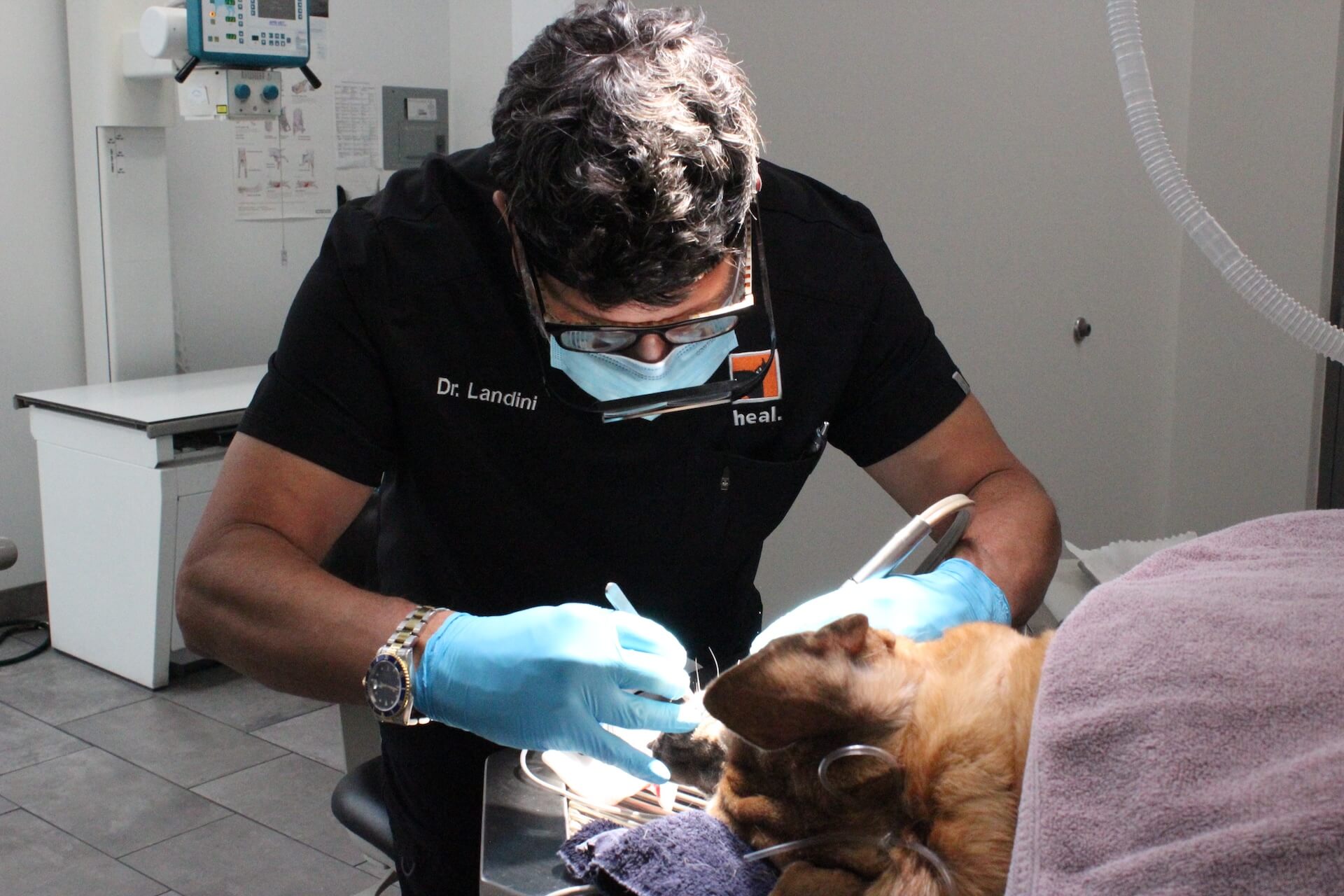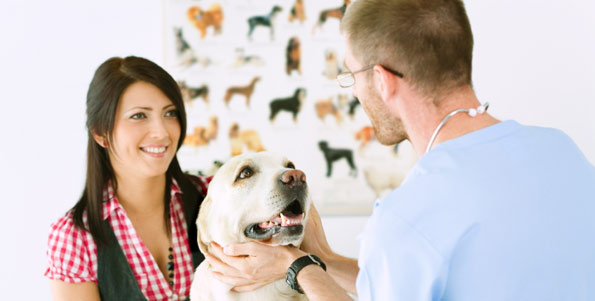All Concerning Veterinarian Surgical Procedure: Recognizing the Importance of Expert Look After Your Pet dogs
Vet surgery is an essential element of pet health care. It encompasses various treatments, from regular elective surgical treatments to immediate interventions. Comprehending the intricacies of these surgical procedures can assist pet proprietors make notified decisions. The preparation, implementation, and healing phases are vital for ensuring the wellness of animals. With appropriate knowledge, proprietors can browse the complexities of veterinary treatment. What aspects should be taken into consideration before a pet dog goes through surgical treatment?
Types of Vet Surgeries
When a pet dog needs medical treatment, recognizing the different sorts of veterinarian surgeries can assist family pet owners make informed choices. Veterinary surgeries can be broadly categorized into three primary types: elective, urgent, and emergency situation surgical treatments. Elective surgeries, such as spaying or neutering, are planned procedures that are not instantly dangerous. Urgent surgical procedures, like those for foreign body removal, must be executed quickly however are not life-threatening in the minute. Emergency situation surgical treatments, such as those attending to serious trauma or interior blood loss, are essential and need immediate attention.Additionally, surgical treatments can vary in intricacy, ranging from minimally invasive laparoscopic procedures to a lot more comprehensive open surgical treatments. Each kind of surgery brings its own threats and healing procedures. Understanding these categories permits pet owners to take part in purposeful conversations with vets, causing better results for their beloved pet dogs.
Getting ready for Your Animal's Surgical treatment
Getting ready for a pet dog's surgical treatment involves a complete checklist to assure all fundamentals are covered. Effective interaction with the vet is important for recognizing the treatment and any type of needed pre-operative steps - canine tplo surgery. Furthermore, having clear post-operative treatment directions will aid proprietors supply the very best assistance for their recovering animals
Pre-Surgery List Essentials
Assuring a smooth surgical experience for a pet dog requires careful preparation and interest to detail. A pre-surgery checklist is necessary for family pet owners to adhere to. Initially, confirming the scheduled surgical procedure day and time is essential. Proprietors should also confirm that their pet dog has actually not eaten according to the vet's directions, generally for 8-12 hours before surgical treatment. Collecting essential medical records, consisting of inoculation history, is very important for the vet's review. It is also suggested to prepare a comfy space in your home for the family pet's recuperation after surgical procedure. Owners should have a plan for transport to and from the vet facility, making sure that the pet is safe and secure and comfy throughout the trip. Following these steps can significantly improve the surgical experience.
Interacting With Your Vet

Efficient interaction with the vet is essential for an effective medical experience for pets. Proprietors must be prepared to review their family pet's case history, consisting of any type of pre-existing conditions, medicines, and allergic reactions. This information assists the vet assess risks and customize the medical strategy accordingly. In addition, animal proprietors need to ask questions regarding the procedure, anesthesia, and anticipated end results to assure they totally comprehend the process. Clarifying any kind of uncertainties can relieve anxiousness for both the family pet and the owner. It is additionally crucial to connect any type of behavioral changes or problems observed in the animal leading up to the surgical procedure. Ultimately, clear dialogue cultivates trust and cooperation, making sure that family pets get the most effective possible treatment during their surgical trip.
Post-Operative Care Instructions
After going over the surgery with the veterinarian, pet owners need to focus on post-operative treatment guidelines to assist in a smooth recuperation for their family pets. These instructions commonly include checking the surgical website for indicators of infection, such as soreness or discharge. Family pets might require to be kept one's cool and constrained to avoid excessive motion that can disrupt recovery. Discomfort administration is crucial, so owners must comply with the vet's assistance on administering medicines. In addition, dietary restrictions may be suggested to avoid stomach distress. Routine follow-up visits are important to assure correct healing and resolve any issues. By adhering to these post-operative treatment instructions, family pet owners can considerably add to their family pet's healing and total wellness.
The Surgical Process Explained
The surgery for family pets includes essential actions that assure their security and healing. Pre-surgery prep work are crucial for minimizing dangers, while post-operative treatment standards play an essential duty in advertising recovery. Comprehending these parts aids pet dog proprietors browse the surgical experience better.
Pre-Surgery Preparations
Before a family pet undertakes surgical treatment, numerous essential preparations should occur to assure a secure and effective procedure. Initially, a thorough veterinary examination is important to evaluate the pet's total wellness and determine any kind of prospective dangers. This may include blood examinations, imaging, or various other diagnostics. The vet will also talk about anesthesia alternatives customized to the animal's certain needs. In addition, animal owners are commonly advised to hold back food and water for a defined time before surgical procedure to lessen the risk of difficulties during anesthetic. It's vital for owners to offer a full medical background, consisting of any kind of medications or allergic reactions, making certain the medical group has all essential information. Proper interaction and adherence to pre-surgery guidelines can greatly enhance the result of the procedure.
Post-Operative Care Standards
Proper post-operative care is necessary for ensuring a pet dog's recovery complying with surgical treatment. After the treatment, pet dogs need to be monitored carefully for any kind of signs of issues, such as excessive blood loss, swelling, or uncommon behavior. It is essential to comply with the vet's guidelines relating to medications, consisting of painkiller and prescription antibiotics. Pets must be maintained in a peaceful, comfy setting to lower anxiety and promote recovery. Restricting activity is vital; short, leashed walks may be essential, but jumping or running must be prevented. Normal follow-up appointments must be set up to evaluate the recovery process. Additionally, the surgical site should be kept clean and completely dry, with any signs of infection reported to a veterinarian quickly. Abiding by these standards improves recuperation outcomes.
Anesthesia and Pain Monitoring
Reliable anesthesia and discomfort management are important elements of vet surgical treatment, ensuring that pets continue to be comfortable and safe throughout the treatment. Vets assess each animal's individual demands, considering aspects such as age, weight, health and wellness standing, and the type of surgical procedure being performed.Anesthesia procedures usually include a combination of pre-anesthetic medicines, induction agents, and inhalant anesthetics, enabling specific you can check here control over the pet's degree of consciousness. Monitoring throughout surgical procedure is important; vets continually observe important indicators to deal with any kind of possible issues promptly.Pain administration methods may include opioids, non-steroidal anti-inflammatory medicines (NSAIDs), and anesthetics, tailored to the family pet's certain circumstance. This diverse method aids minimize pain and promotes a smoother surgical experience. By prioritizing efficient anesthetic and discomfort administration, veterinary experts improve the overall well-being of animals undertaking procedures, ensuring they obtain the highest standard of treatment.
Post-Operative Care and Recuperation
Complying with surgical treatment, the focus changes to post-operative care and healing, which is essential for ensuring a family pet's risk-free return to normal tasks. During this period, family pets require a peaceful, comfortable setting to aid healing. Proprietors ought to very closely check their pet dogs for any kind of indications of pain or unusual behavior.Veterinary guidelines often include specific guidelines associated with drug administration, wound treatment, and dietary changes. It is essential to stick to these recommendations to lessen issues and advertise recovery. Pets may need to be restricted from vigorous activities, such as running or jumping, throughout their healing period (animal emergency care bellingham).Regular follow-up appointments with page the vet enable for tracking of the pet dog's development and prompt modifications to the treatment plan. Giving psychological support and companionship can additionally improve a pet dog's healing experience, helping to ease stress and anxiety and stress and anxiety. Overall, thorough post-operative treatment plays a significant role in accomplishing an effective healing
Acknowledging Problems After Surgery
Just how can pet dog proprietors recognize issues after surgical treatment? Awareness of certain indications is vital for making sure the health of animals during healing. Common indicators consist of excessive swelling, soreness, or discharge at the surgical website, which might represent infection. In addition, persistent discomfort, indicated by whimpering or hesitation to move, ought to trigger immediate attention. Adjustments in appetite or water intake can likewise show difficulties; a reduction in these habits may indicate discomfort or distress.Moreover, pet dog proprietors should monitor their family pets for any type of unusual habits, such as sleepiness or trouble breathing, as these can be indications of serious issues. Throwing up or diarrhea following surgery might call for immediate vet analysis. Identifying these problems early can greatly influence a family pet's recuperation process, highlighting the significance of alertness and punctual interaction with a veterinarian for any kind of concerning signs and symptoms.
The Role of Veterinary Professionals in Surgical Care
Vet professionals play an essential duty in ensuring the security and success of medical treatments for animals, particularly following surgical treatment when monitoring and treatment are paramount. These professionals include veterinarians, vet technicians, and support personnel, every one of whom add specialized abilities to the medical process.Before surgical procedure, veterinarians conduct extensive assessments to examine the family pet's health and wellness, guaranteeing that any type of hidden problems are handled. Throughout the treatment, the surgical group supplies anesthetic, keeps sterilized atmospheres, and keeps an eye on crucial signs, all essential for decreasing risks.Post-operative care is similarly substantial; veterinary experts observe for issues, manage discomfort, and overview proprietors on recovery practices. Their know-how allows them to identify early indicators of distress or infection, guaranteeing timely intervention. Ultimately, the collective efforts of vet professionals in medical care promote a risk-free atmosphere, advertising the health of pets throughout the surgical journey.

Frequently Asked Inquiries
Just how Do I Choose the Right Veterinary Specialist for My Pet?
Picking the right vet cosmetic surgeon involves investigating certifications, checking out testimonials, and reviewing the clinic's setting. It is necessary to review the cosmetic surgeon's experience with certain treatments and their interaction style when making a choice.
What Are Typical Misconceptions About Veterinarian Surgeries?
Common false impressions concerning vet surgeries include beliefs that they are always high-risk, unneeded, or only for emergencies. Many pet dog owners undervalue the benefits of precautionary treatments and the skill included in veterinary medical care.
Exactly How Much Will My Pet dog's Surgical procedure Cost?
The cost of a family pet's surgical treatment can vary substantially based upon factors such as the kind advice of procedure, the veterinarian's experience, and geographic area (emergency vet bellingham). Typically, expenses vary from a couple of hundred to a number of thousand bucks

Can My Pet Dog Consume Before Surgical Treatment?
Before surgery, it is usually advised that pet dogs avoid from eating for a details duration. This fasting assists decrease the risk of difficulties during anesthetic. Owners should consult their vet for exact directions customized to their pet dog's requirements.
What if My Animal Has Pre-Existing Health And Wellness Conditions?
When a family pet has pre-existing health problems, it's essential for the vet to analyze these factors before surgery. This evaluation assurances ideal safety measures are taken, lessening dangers and maximizing the pet dog's total safety throughout the procedure.